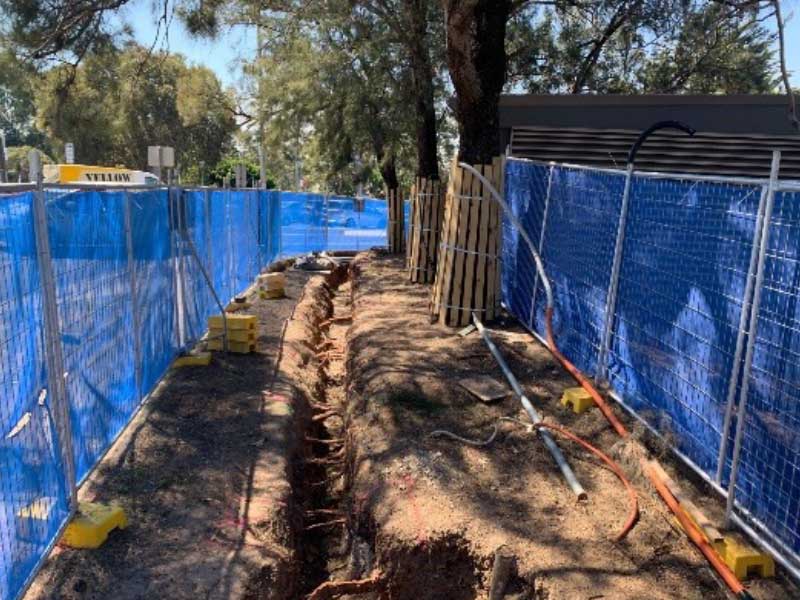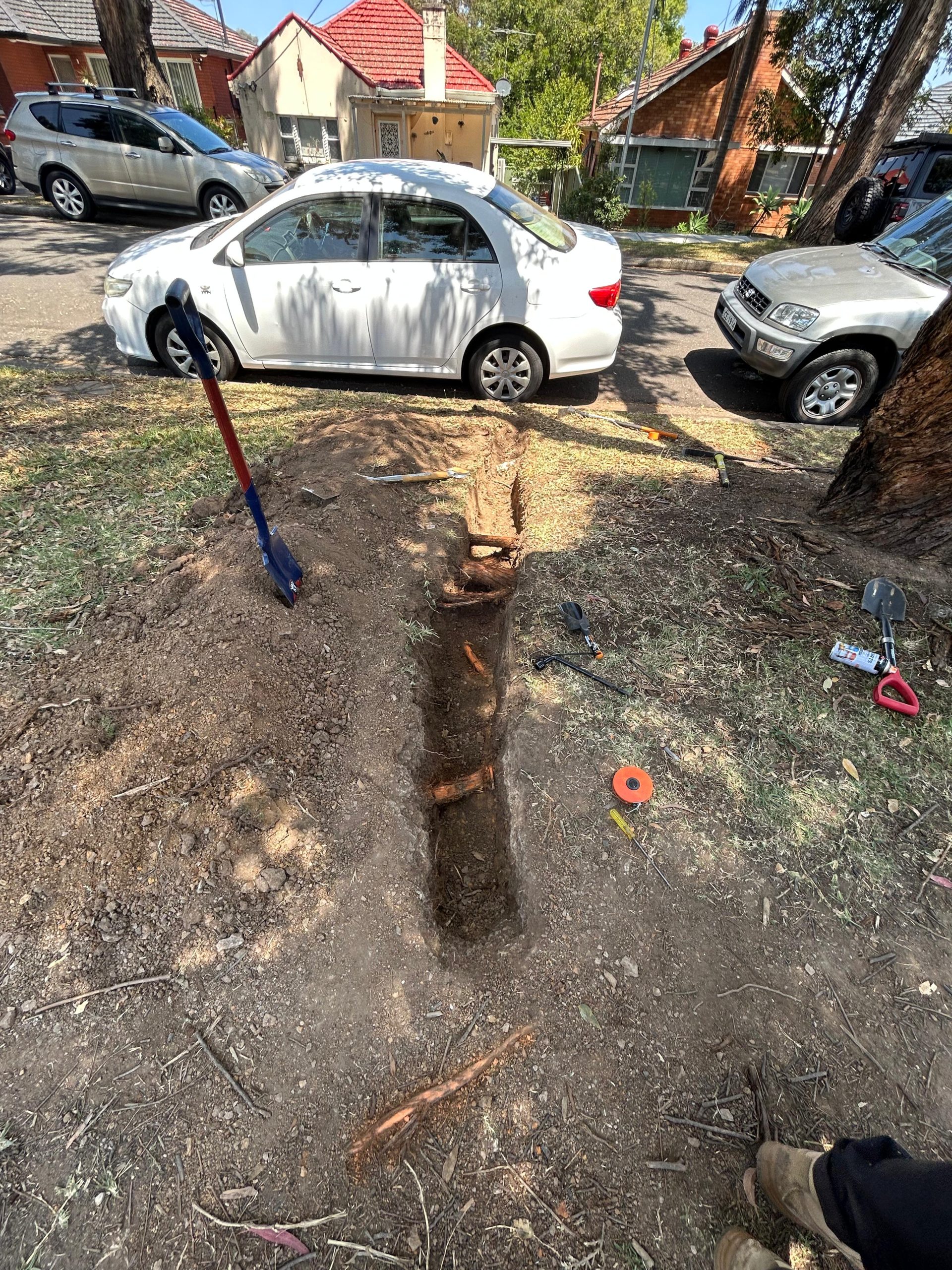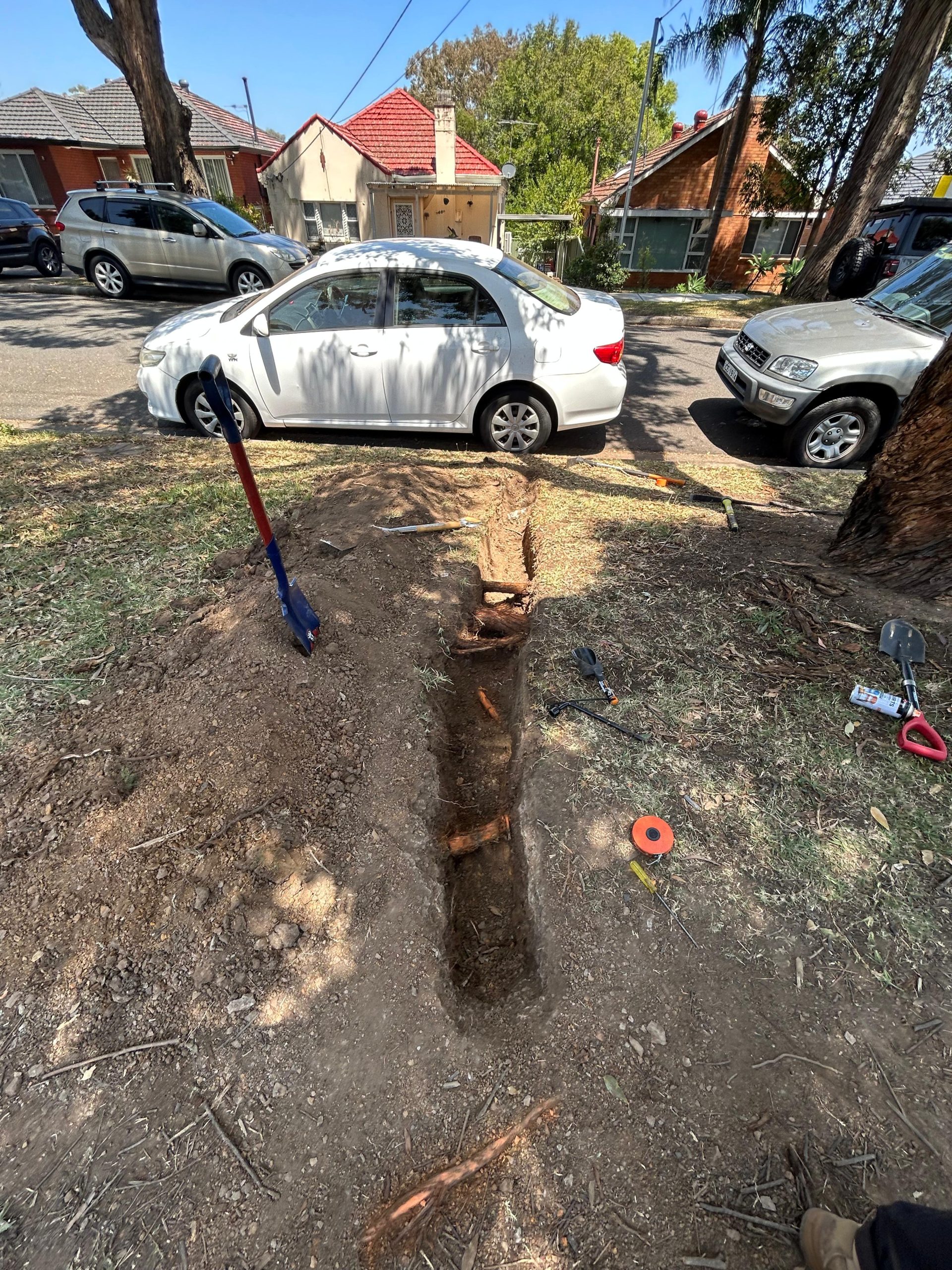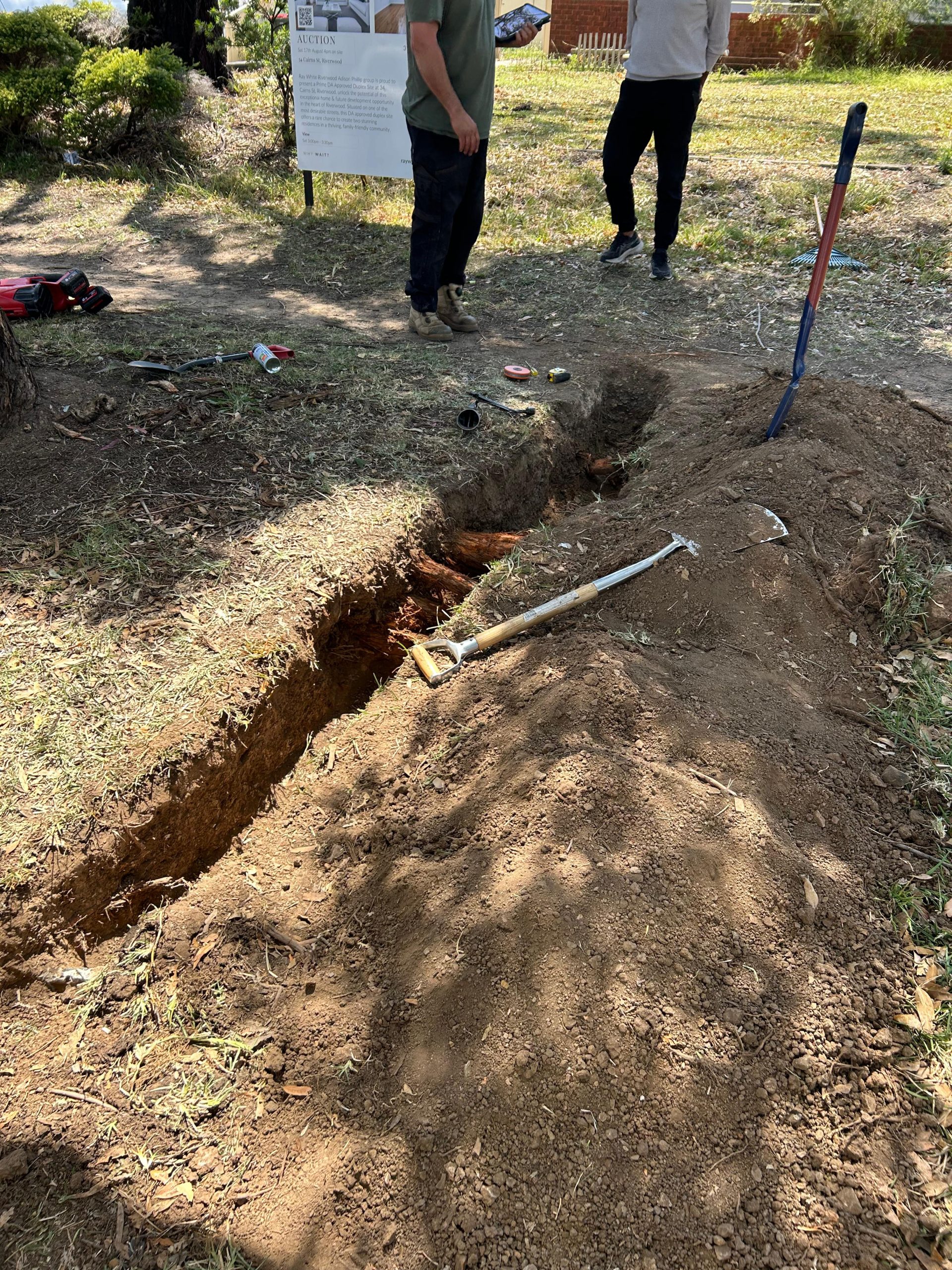Root Mapping
Introduction
Understanding root locations is essential when building near trees to prevent damage that could affect their long-term health. Root mapping may be necessary to evaluate the health and integrity of a tree's root system, especially when signs of stress or concerns about stability arise. This involves exposing roots to inspect for damage, decay, or disease.
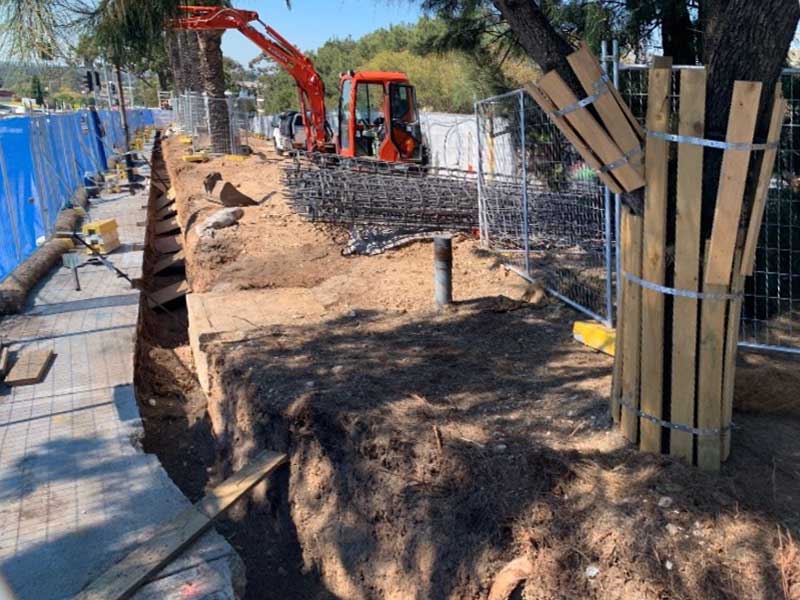
Root Mapping Methods
Two main methods are used for root mapping: scanning the ground with penetrating radar equipment and carefully excavating soil to expose roots using techniques like hand excavation, air spading, or hydrovac. Machine excavation is avoided due to its potential to damage roots. Root mapping is often required for developments near trees to identify roots affected by new structures. Knowing root locations also helps assess damage to property and structures, often requiring both an Arborist Report and an Engineers Report for council consideration of tree work in these cases.
Is Root Mapping Necessary
Root mapping is typically essential for developments near trees slated for retention. It determines how close construction can safely approach without harming the tree's health. Ideally conducted during the planning phase, it ensures that proposed structures can be built without adverse effects on retained trees, often mandated in Development Applications (DA). Root investigations also become necessary if tree roots are suspected of causing damage to buildings or infrastructure. In such cases, root investigation reports, often coupled with engineers' assessments, may be required. For instance, if there's concern from you or council about the proximity of a planned structure to a tree, root mapping provides precise information. It can validate whether certain root systems exist and assess feasibility. Advanced Arbour can conduct root mapping to address these concerns effectively.

